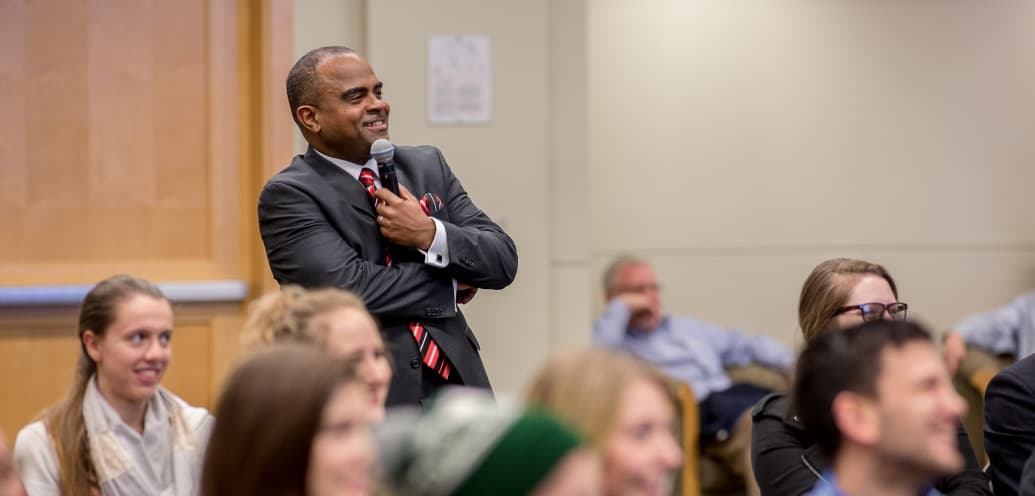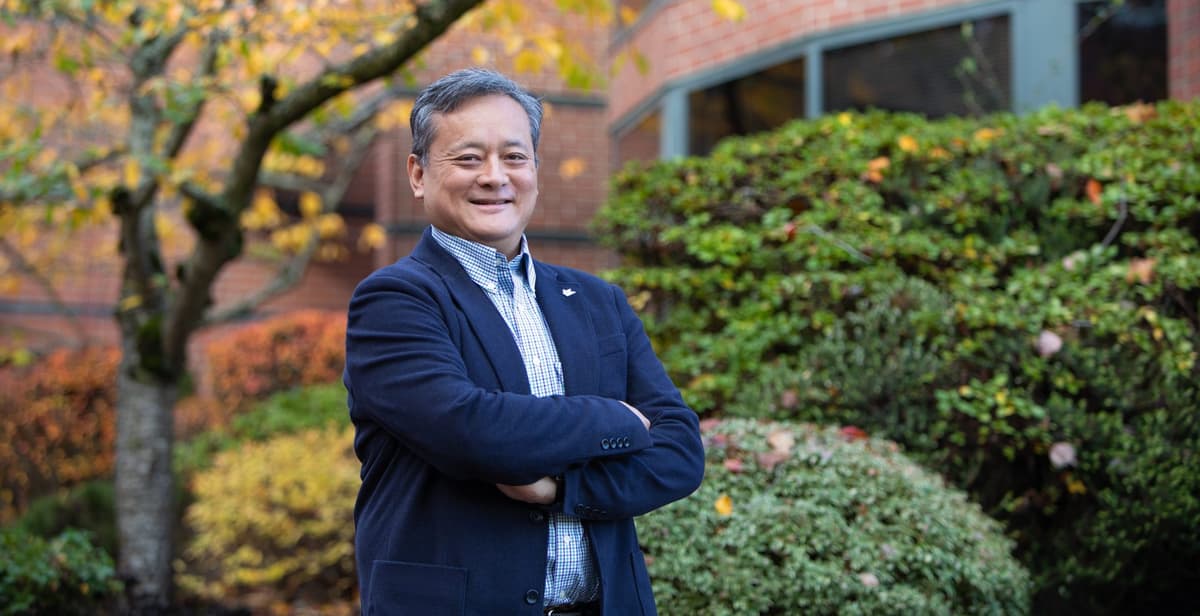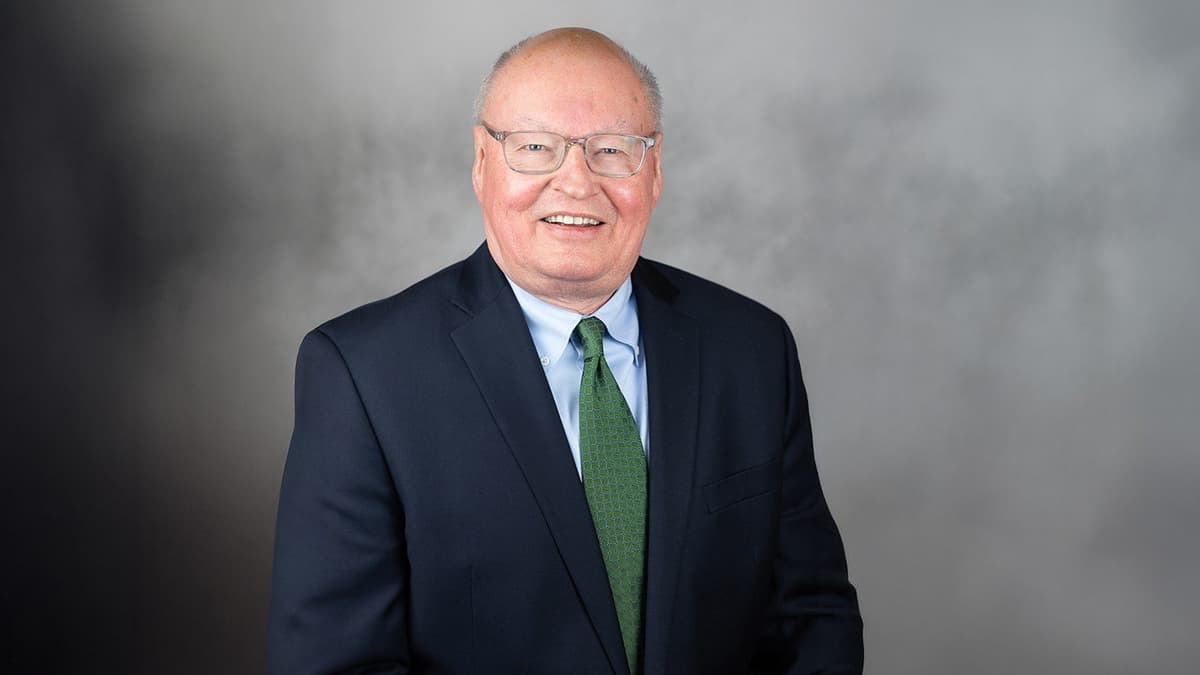As a preacher, Ralph Watkins, who delivered the 2017 Alfred S. Palmer lecture, sees more value in using technical tools within the church rather than trying to fight them.
After Steve Jobs introduced the iPhone in 2007, the way we communicate has changed. Every dinner, concert, gathering, and even bathroom mirror has become an opportunity for a photo shoot, perpetuating a need to document our everyday lives. Time magazine even recently published a story titled “You Asked: Am I Addicted to My Phone?”
Most of the conversation has veered toward phones making us antisocial. Ralph Watkins, Peachtree associate professor of evangelism and church growth at Columbia Theological Seminary, took a different point of view during the SPU School of Theology’s 40th Annual Palmer Lecture.
“If I leave home and leave my cellphone, I will turn around,” Watkins said, speaking at Seattle Pacific University’s Upper Gwinn Commons on Feb. 28. He said this not to make a joke, but to make a point.
Watkins, an ordained minister in the African Methodist Episcopal Church, embraces the emergence of digital media, noting that smartphones and mobile devices will never go away. As a preacher, he sees more value in using these tools within the church rather than trying to fight them. He compared these tools to the emergence of the telephone, noting that “the phone that we once thought would isolate us, connected us.” Being on social media channels Facebook and Instagram isn’t isolating; it’s all a part of networking and connecting with others. This is a networking generation, he says, and that comes with its own unique challenges.
“In this changed and different world, how will we prepare leaders to communicate in this world?” he asked. If the church doesn’t embrace and use the tools of the digital era, Watkins says, it’s a missed opportunity. He cited startling statistics, such as people uploading 1.8 billion digital images every day. With so much content being created, it’s more important now than ever that people know how to take photos that tell stories. Watkins explained that photography quite literally means “writing with light,” which prompts him to ask a new question: “How do we use light to share the light?”
“We have to develop leaders who have the capacity for what I call visual literacy,” Watkins said. As taking photos and posting to social media has become a part of everyday life, Watkins argued that we need to foster and educate these skills similarly to reading and writing. He isn’t just talking about the younger generations either — it’s something he’s recognized in himself.
One year ago, Watkins went back to school to get a master of fine arts degree in photography, despite already having a doctoral degree in the sociology of religion. He felt like something was missing and that he wasn’t able to effectively teach and preach to the upcoming generation.
Learning how to use photos and videos has helped Watkins and the congregations he works with. He now thinks about his sermons visually first. Watkins has also done significant work connecting faith to other forms of media, authoring books such as Hip-Hop Redemption: Finding God in the Music and the Message and From Jay-Z to Jesus: Reaching and Teaching Young Adults in the Black Church.
Since 1978, SPU’s Palmer Lecture has sought “to bring the best minds and hearts in Wesleyan theology and biblical studies to campus to discuss the Christian faith from a Wesleyan perspective.”




